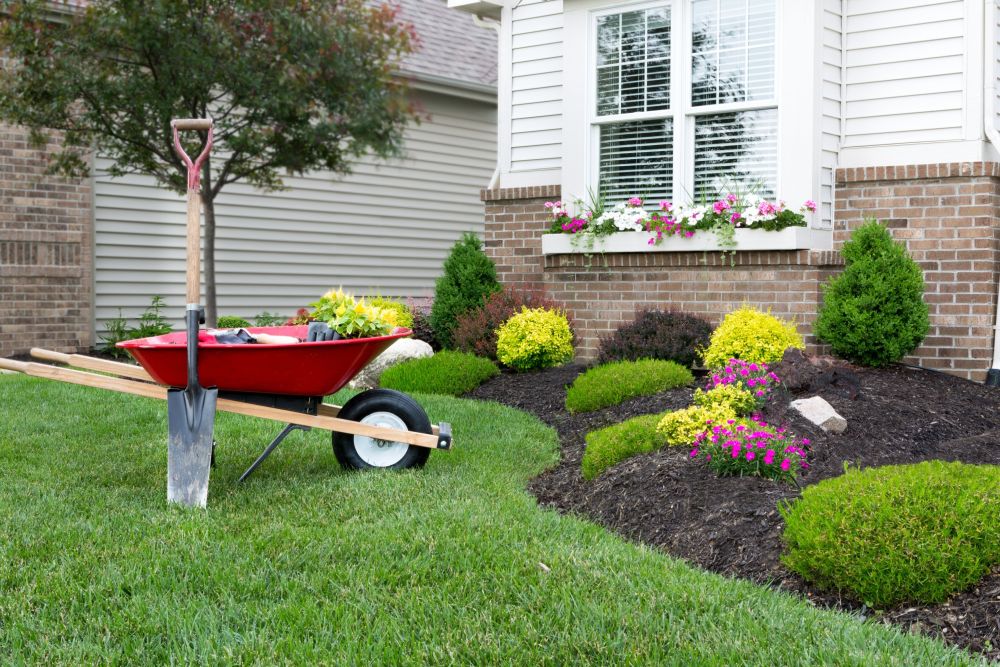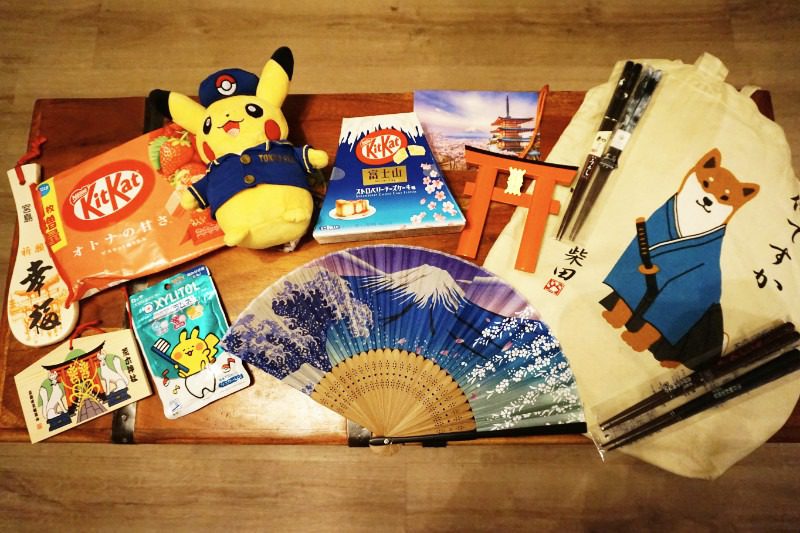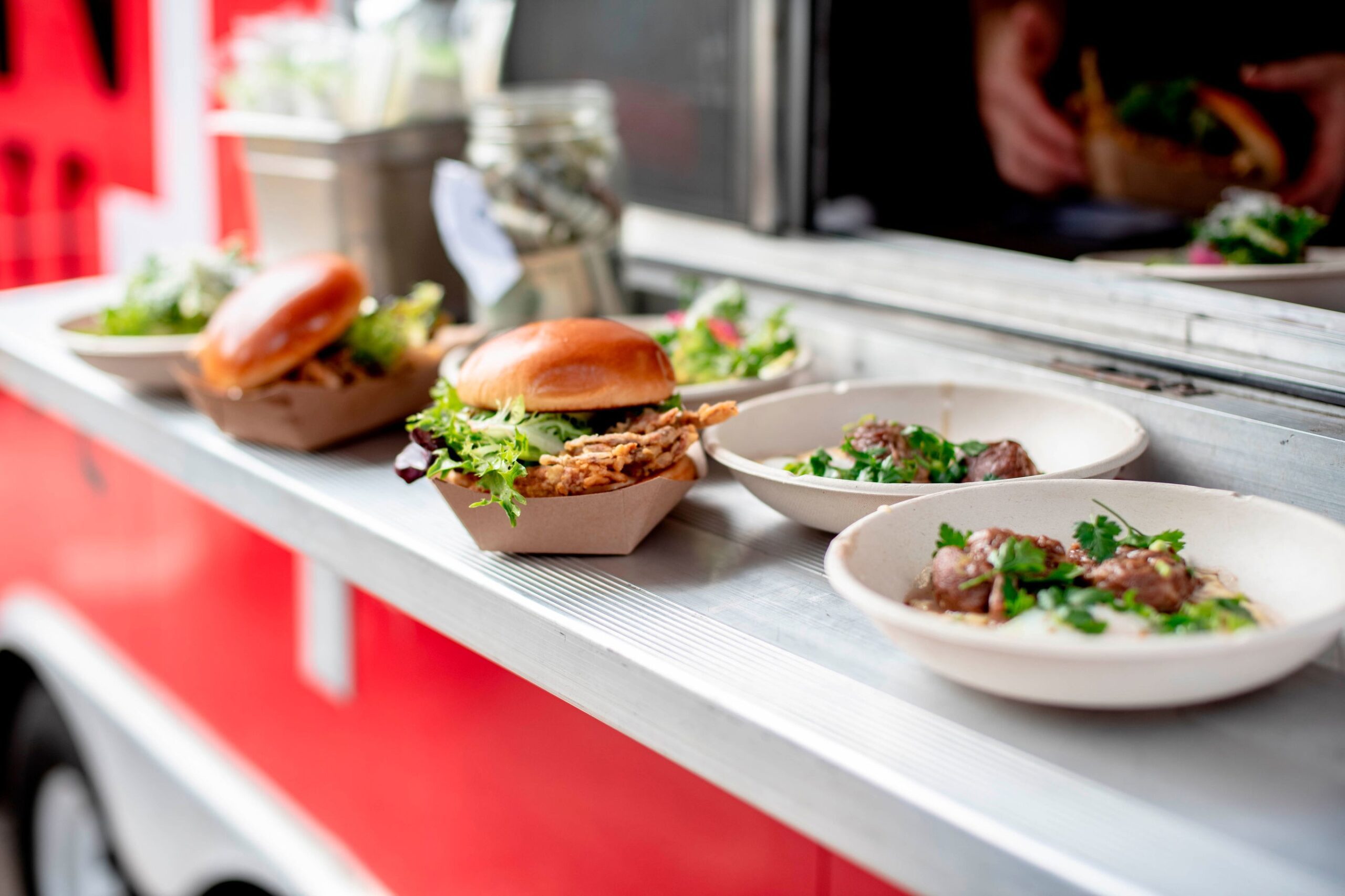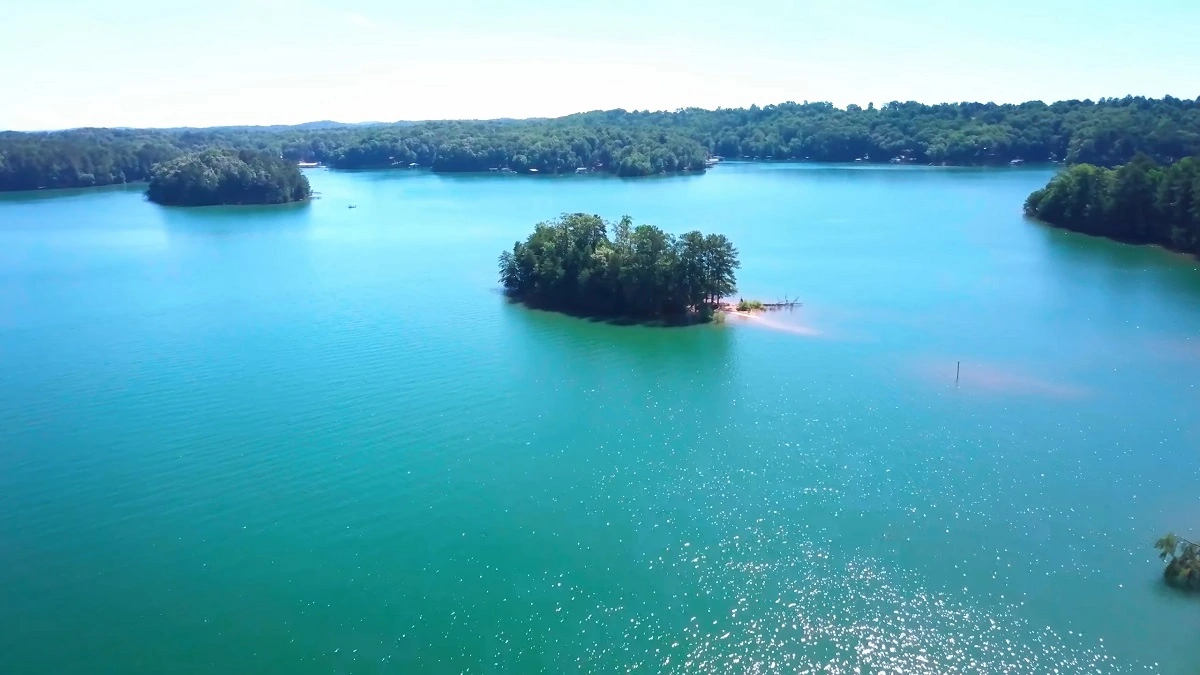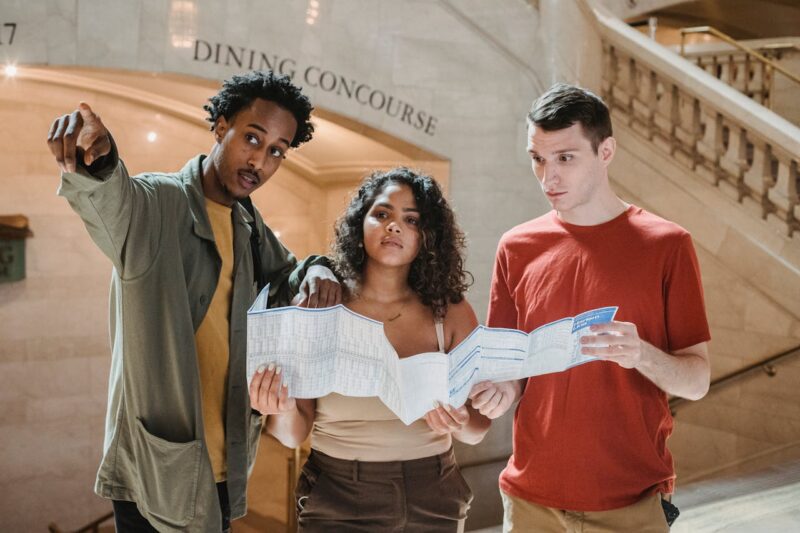
Share Post:
In today’s global travel landscape, one-language guides fall short. Travelers expect content that speaks their language—literally and culturally.
Crafting a multilingual travel guide isn’t just about translation; it’s about creating an inclusive, immersive experience that resonates with every traveler, no matter where they’re from.
To do this well, you need to start with the traveler—not just their language, but their expectations, habits, and cultural context. A one-size-fits-all approach won’t cut it.
Before writing a single line, take time to understand who you’re guiding and what truly matters to them.
Understand the Diverse Needs of a Global Audience
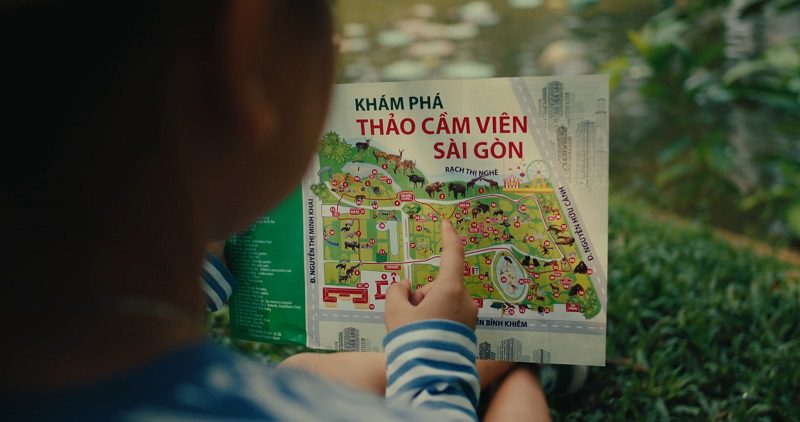
Before crafting a multilingual guide, define who you’re creating it for. Travelers differ in language, behavior, tech habits, and expectations. A guide for solo Gen Z adventurers in Tokyo won’t suit retired couples visiting Tuscany.
Start with segmentation:
- Demographics: age, nationality, travel style (solo, group, family)
- Language proficiency: native language vs. tourism-level English
- Tech behavior: app usage, device preference, offline vs. online access
Use data-driven methods to gather insights:
- Poll past users or site visitors
- Monitor search terms and feedback
- Analyze destination-specific forums and reviews
Travelers don’t just want directions—they want relevance. The more aligned your content is with their actual needs, the more useful and shareable it becomes.
Choose the Right Languages and Localize with Purpose
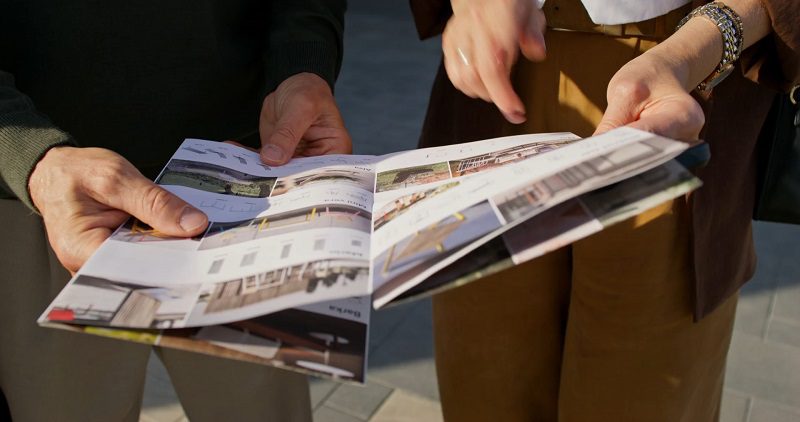
Not every travel guide needs to be in 25 languages. Start with what matters: the most common traveler nationalities visiting your destination. Use tourism board data, airport traffic analytics, or Google Trends to determine language priorities.
But don’t stop at translation. Localization means adapting tone, references, measurements, and even humor to match cultural expectations. For example, a joke that lands in London might fall flat in Seoul. Street names, time formats, and even food descriptions may need rewriting—not just translation.
This is where experts like Elmura Linguistics come in. They help ensure your content is not only linguistically accurate, but culturally resonant. Machine translation misses these subtleties—professional localization doesn’t.
Create separate versions of your guide that feel native to the reader, not like a copy-paste job from English.
Blend Storytelling with Practicality for Each Locale
Travelers remember stories, not stats. A multilingual guide that connects emotionally will outperform a list of landmarks every time. Make each version of your guide feel alive—share anecdotes, local legends, and sensory details that create mental postcards.
This doesn’t mean sacrificing practical info. Instead, embed facts into narratives. Here’s how a basic description transforms with storytelling:
| Descriptive | Story-Driven |
| “This cathedral is 800 years old and features Gothic architecture.” | “Locals say the stones of this 800-year-old cathedral still echo with the chants of monks who hid inside during a 13th-century siege.” |
| “The market opens at 8 AM.” | “By 8 AM, the market buzzes—vendors tossing spices, grandmothers bartering for herbs, and street musicians tuning guitars before the lunch rush.” |
🟦 Johnson Box:
Fact meets feeling. When your travel guide shows instead of tells, readers don’t just read—they visualize and remember. This is especially powerful in multilingual formats, where stories cross cultural barriers faster than raw data.
Want your content to stick across languages? Anchor the facts in human experience.
Integrate Smart Multilingual Technologies for Seamless Experiences
Today’s travelers expect smart, flexible content delivery. Whether they’re navigating a city solo or using a guided headset in a museum, tech can make or break the experience—especially when language is a barrier.
Smart multilingual platforms like SmartGuide, Vox, and LanguageWire allow travel content to be delivered:
- In multiple languages simultaneously
- With real-time audio triggered by GPS or beacons
- Via apps that work both online and offline
These tools don’t just translate—they contextualize. For example, Vox’s systems let travelers hear tour content in their native language as they walk through a historic site, without needing to stay glued to a guide.
“Smart tour guide systems help guides speak better, help travelers explore freely, and help planners manage things more easily.” – Vox Tours
Here’s a breakdown of features to compare:
| Tool | Languages Supported | Features | Best For |
| SmartGuide | 30+ | GPS-triggered audio, app-based storytelling, AI personalization | Digital walking tours |
| Vox Tour Systems | 40+ | Live or self-guided multilingual audio, headset rental, offline mode | Museums, landmarks, events |
| LanguageWire | Custom | Multilingual content creation & localization, AI + human review | Websites, brochures, booking platforms |
Don’t just deliver a guide—build an interactive, tech-enhanced journey in every language that matters.+
Design Your Travel Guide for Clarity, Usability, and Visual Appeal
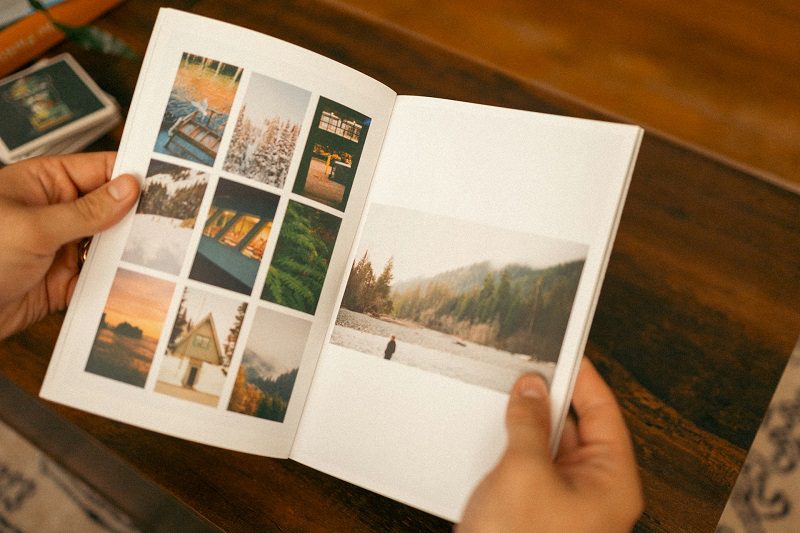
A beautifully translated guide still fails if users can’t navigate it. For multilingual travelers juggling unfamiliar terms, clear layout and smart design are essential. Good formatting reduces friction—helping readers focus on discovery, not decoding.
Key design elements that elevate multilingual travel guides:
- Clear hierarchy: Use consistent headings, bullet points, and section breaks
- Simple fonts: Choose legible typefaces that render well across all character sets (e.g. Latin, Cyrillic, Chinese)
- Icons and visuals: Universal symbols bridge language gaps and support comprehension
- Responsive layouts: Ensure content adapts to mobile devices, where most travelers consume guides
- Color coding by language: Helps multi-language users quickly orient themselves
Helpful Checklist: Multilingual Design Must-Haves
– Translate all UI elements (menus, buttons, labels)
– Use Unicode fonts to support global characters
– Allow language switching with one tap
– Keep paragraphs short—avoid wall-of-text syndrome
– Test on real devices with real speakers
Your goal: Make the guide feel effortless. The best designs are invisible—they let the experience speak for itself.
Collaborate with Local Experts and Native Speakers
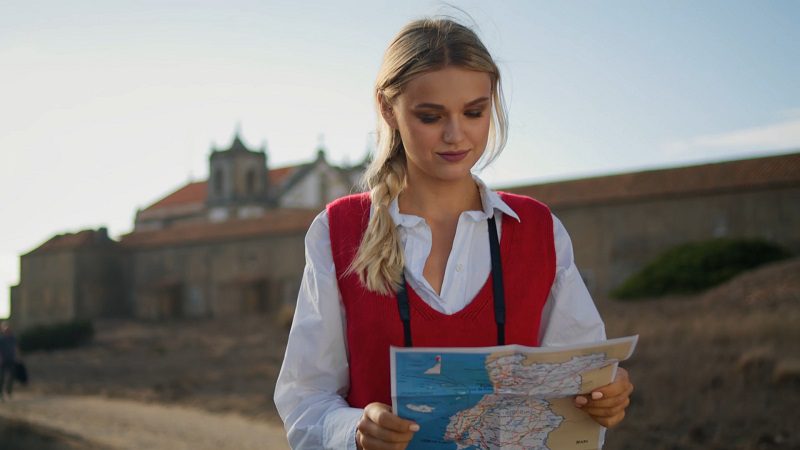
Even the best AI translation or localization effort can fall short without human input from those who live the language and culture. Native speakers catch nuances, humor, and context that machines—or even fluent second-language speakers—often miss.
Why this matters:
- Accuracy: Local experts ensure your content reflects how people really speak, not textbook phrases.
- Cultural trust: Travelers notice when language feels “off.” Authentic phrasing builds confidence.
- Insider knowledge: Locals offer up-to-date details, slang, and hidden gems not found in generic guides.
Use locals for:
- Fact-checking location info and hours
- Translating regional idioms and humor
- Validating cultural references
- Voiceover work for audio tours
These partnerships also future-proof your guide. As language trends evolve or new attractions open, your local network keeps your guide relevant—and human.
Test, Translate, and Continuously Update for Relevance
A travel guide isn’t a one-and-done project. Destinations evolve, businesses close, languages shift—and what worked a year ago may mislead today. Especially with multilingual content, outdated or mistranslated sections can erode user trust fast.
Here’s how to keep your guide accurate and impactful:
Ongoing Optimization Framework
- Translation Audits – Re-review content quarterly with native speakers to catch drift, outdated terms, or tone issues.
- Live Testing – Have users in each target language interact with the guide and flag confusing phrasing or navigation issues.
- User Feedback Loops – Embed feedback tools (like “Was this helpful?” buttons) within your app or PDF to gather multilingual insights.
- Change Tracking – Use a change log for each language version so updates can be replicated consistently.
- SEO & Keyword Localization – Reassess multilingual keyword trends regularly with tools like Ahrefs or Semrush for each region.
Your multilingual guide is a living asset. Keep it sharp, and it keeps delivering value.
Conclusion
Creating a multilingual travel guide that truly resonates means more than translating words—it’s about crafting experiences that feel personal, intuitive, and culturally aligned.
From choosing the right languages and technologies to embedding vivid storytelling and local insights, every detail matters. When done right, your guide doesn’t just inform—it connects.
Related Posts:
- Interesting Facts About Knossos to Know Before…
- Is Bacalar Worth Visiting in 2024? A Comprehensive…
- One Day in Mexico City - A 2024 Guide for First-Time…
- When to Get Waxed Before Wedding? A Bridal Grooming Guide
- Top Casinos to Visit in Las Vegas ─ A Guide for…
- How Do Travel Vloggers Make Money? Sponsorships,…


